Editor :
Est-Nord-Est, résidence d'artistes
Location :
Saint-Jean-Port-Joli
Year :
2023
Language :
French / English
Author :
Edith Brunette
Artist and author
Anastasia (A) Khodyreva stayed at Est-Nord-Est as an author. Working at the intersection of media and disciplines, Khodyreva defines themself as an anti-disciplinary – not multidisciplinary – researcher. At the centre, they pursued a reflection based in nonbinary feminism that they (and others) call hydrofeminism. From this perspective, they are developing research on nonbinarity based on water and liminal spaces, following a methodology in which conversation is key. Khodyreva thus maintains a series of prolonged exchanges with people interested in the materiality of the world, relations of domination, and normativity as it is practised or, on the contrary, subverted in these spaces. Among these interlocutors are artists such as Cee Burgundy (the Netherlands), Rowan Lear (Scotland), Camille Auer (Finland), and Hannah Rowan (United Kingdom) – Rowan having herself attended an Est-Nord-Est residency in fall 2022. As Khodyreva explains, these exchanges are a part not simply of their work but also of their being. Relationality is the starting point for knowledge; no one can learn in isolation, despite the modernist narrative that continues to be promulgated today. In turn, Est-Nord-Est, its team, and its residents offered Khodyreva opportunities for stimulating conversations that provided them with a moment to pause and take a step back from production of a book.
Khodyreva’s attention to interrelationships is also conveyed by their desire to think in connection with the spaces that they visit or inhabit, and the resulting practice. At Est-Nord-Est, the river thus became an anchor point, the point from which to write – which doesn’t mean writing about the river. In hydrofeminism, water is conceived as a political body, and its multiple embodiments provide Khodyreva with a vocabulary for considering nonbinarity. One thinks immediately of the fluid qualities of water, but Khodyreva gives instead the example of ice, which they conceptualize as a queer material whose cracks and fissures allow it to evoke the nonbinarity of genders and bodies.
Discover
Newsletter
Keep up to date with the latest news!
Follow us
© 2026 Est-Nord-Est




